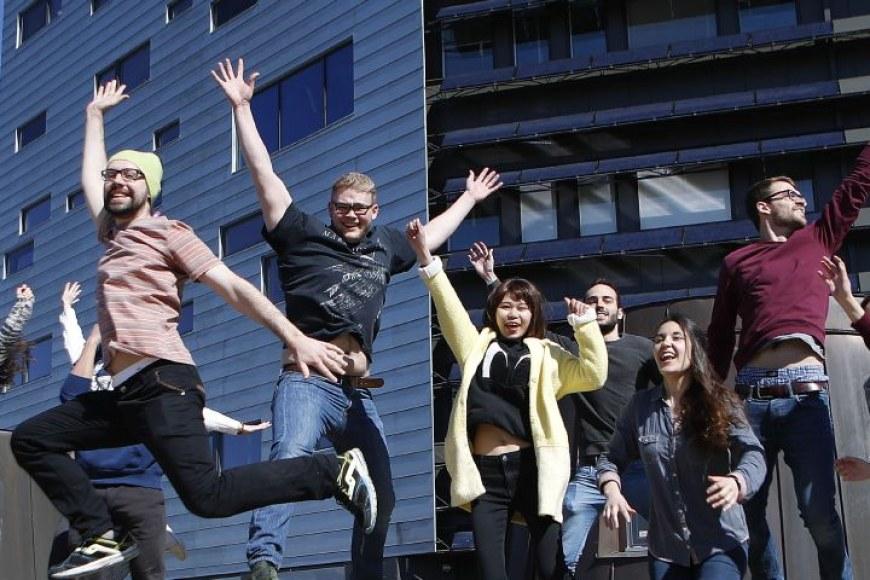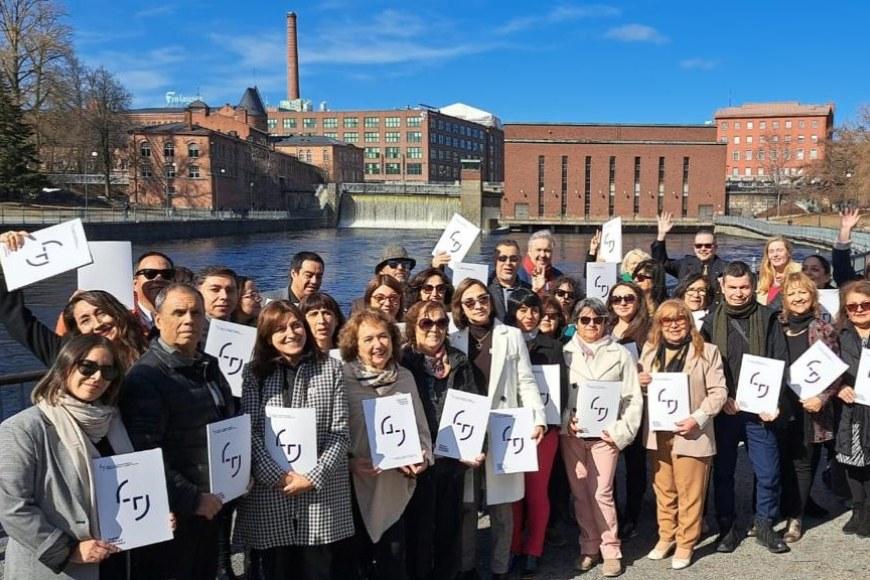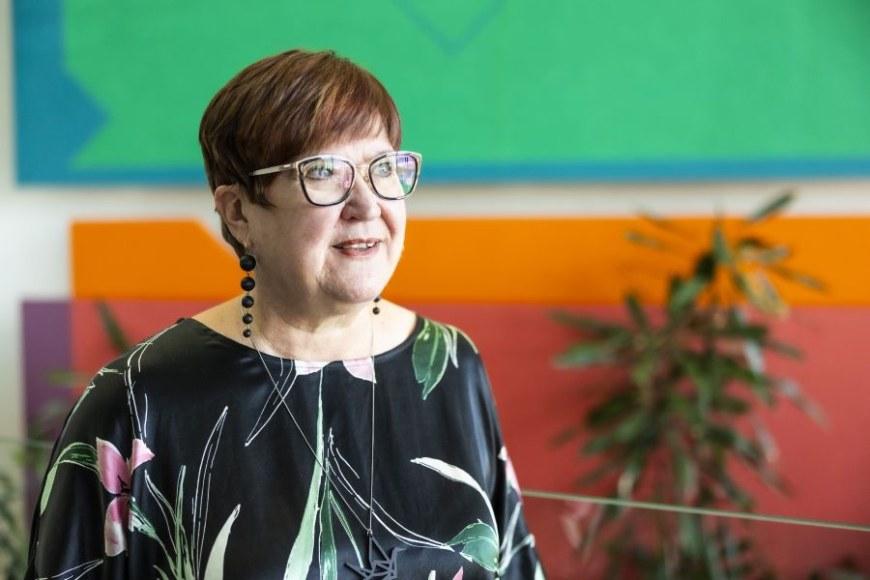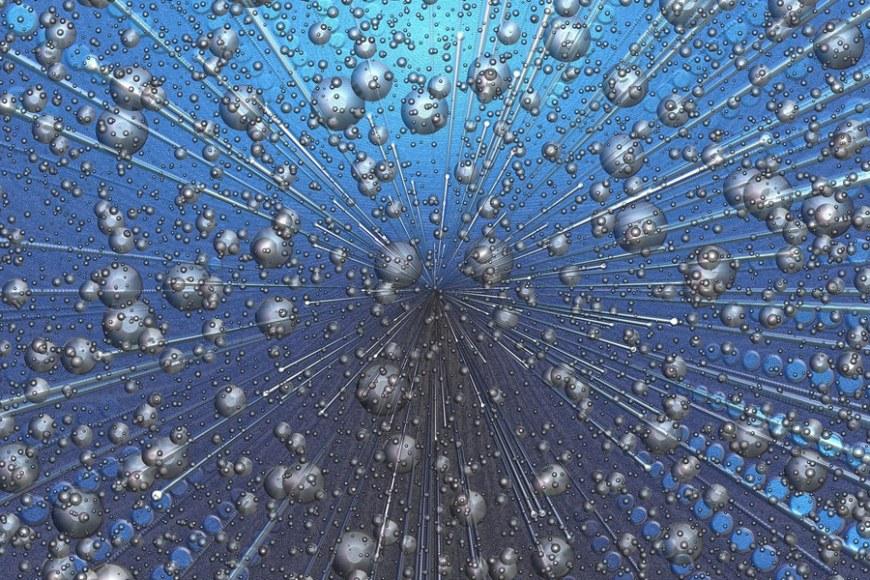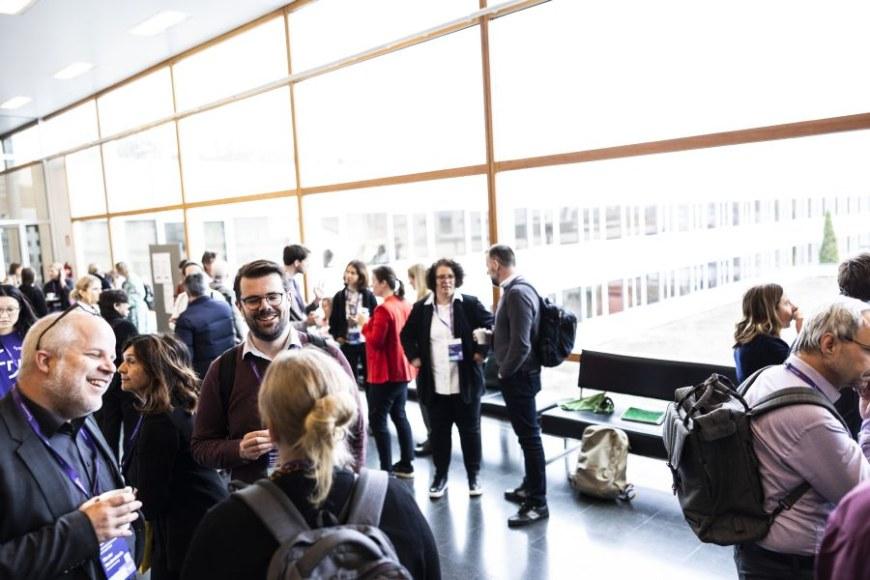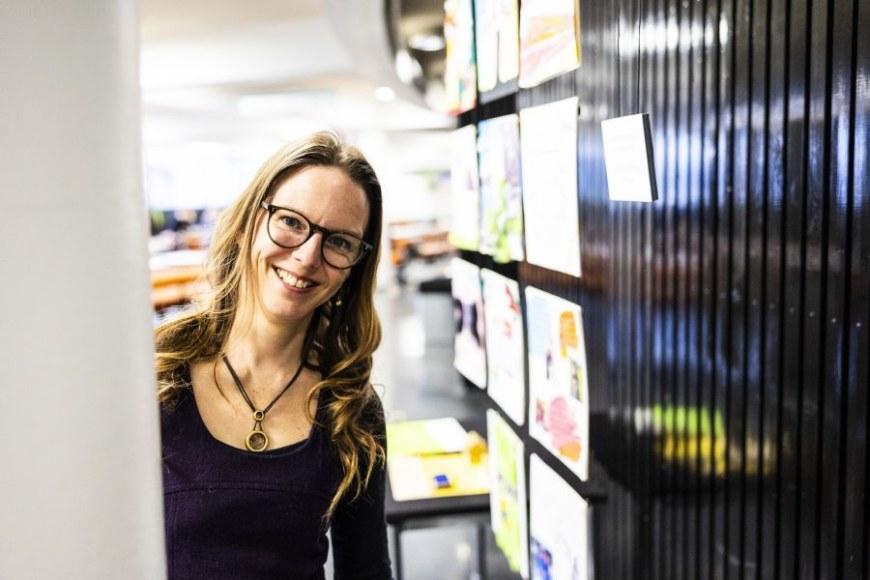Major international project launched to develop solutions for reusing precast concrete elements in new buildings
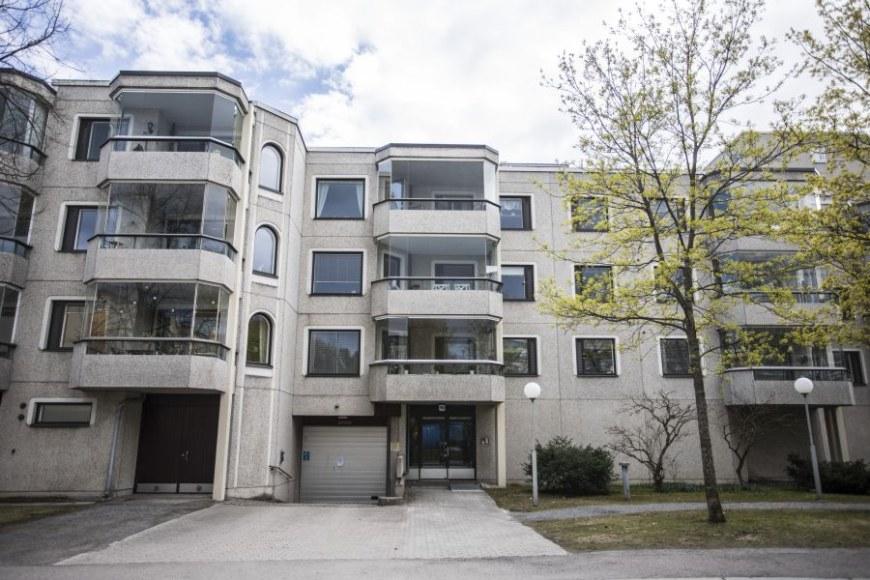
Concrete has been the world’s most commonly used building material for at least half a century. It accounts for the majority of both construction materials and demolition waste. In Europe, a great deal of concrete buildings are built with precast concrete elements.
The international ReCreate project coordinated by Tampere University was launched in early April to find new uses for the concrete elements of condemned buildings in the construction of new buildings.
“We are specifically looking to reuse the concrete elements as a whole, not as raw material for something new,” says Satu Huuhka, adjunct professor in the Faculty of Built Environment at Tampere University who leads the ReCreate project.
Researchers at the Faculty of Built Environment have been carrying out ground-breaking research on the circular economy in construction for a decade. In addition, long-term research on renovation and the lifecycle engineering of structures provides a solid foundation for the development of quality assurance procedures that will ensure the safety and integrity of the reused elements. The researchers will explore not only the technical implementation of the solutions but also the business perspective.
“There are many questions to be answered. How do we deconstruct the elements from buildings without damaging them? How do we assess their structural integrity? How do we recertify the salvaged elements and turn them into a product that meets the building code requirements? How can we turn items, which are not of uniform quality, into a viable business? We must also consider the social aspects: does the process require new skills or new ways of working?” Huuhka says.
The researchers at Tampere University will also bring to the project their specialist expertise in circular economy business models, the law and building regulations, and occupational sociology. If the challenges relating to the reuse of precast concrete elements are resolved, the project will bring significant environmental benefits.
“By reusing concrete elements, we can save an enormous amount of energy and raw materials,” Satu Huuhka points out.
Coordinated by Tampere University, the ReCreate project (2021–2025) has received funding under the European Union’s Horizon 2020 call that sought projects that develop solutions for reusing and recycling construction and demolition waste (Grant Agreement No. 958200). The project has an overall budget of €12.5 million. The project involves universities and regional company clusters in four countries: Finland, Sweden, the Netherlands and Germany. The communications partner is the Croatia Green Building Council. All the country clusters will carry out their own pilot projects where they deconstruct precast concrete elements intact and reuse them in a new building.
The Finnish country cluster comprises Tampere University, the construction company Skanska, the demolition company Umacon, the precast concrete company Consolis Parma, the engineering and consultancy company Ramboll, the architecture firm Liike Oy Arkkitehtistudio and the City of Tampere. In Finland, the test projects will be carried out by Skanska in the centre of Tampere where the plan is to reuse and recycle the materials of a condemned building as versatilely as possible.
“Skanska is an active player and a pioneer in the design and implementation of sustainable solutions for the construction industry. For us, this is an important development project that promotes the utilisation of demolition waste. Traditionally, the materials of condemned buildings are demolished and crushed, and the crushed concrete is, for example, recycled as a secondary aggregate to build new streets. Most of the CO2 emissions from the materials of a concrete-framed building are caused by the production of concrete and steel. The ReCreate project is looking for solutions that enable reusing building components and can therefore significantly reduce the carbon footprint of new construction. ReCreate is one of the essential steps on Skanska’s carbon roadmap towards climate neutrality alongside smart energy solutions and other emission reduction measures,” says Toni Tuomola from Skanska.
Inquiries:
Adjunct professor Satu Huuhka, Faculty of Built Environment, Tampere University, tel. +358 50 3009 263, satu.huuhka [at] tuni.fi (satu[dot]huuhka[at]tuni[dot]fi)
Toni Tuomola, District Manager, Skanska Residential Development, tel. +358 40 7543 045, toni.tuomola [at] skanska.fi (toni[dot]tuomola[at]skanska[dot]fi)
Photo: Jonne Renvall
